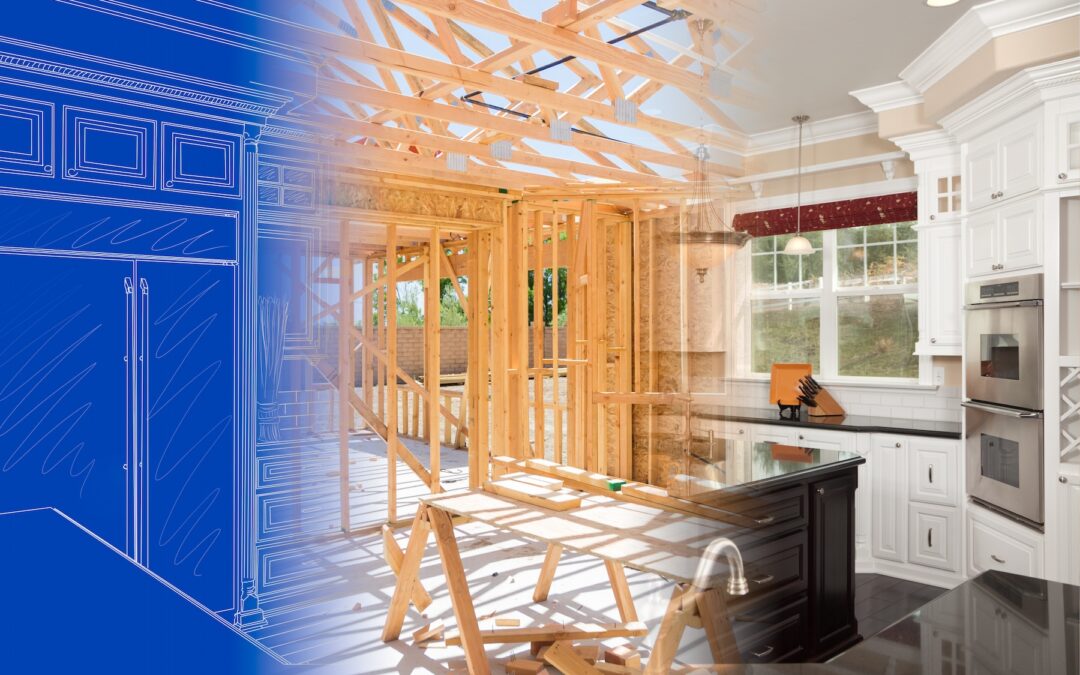Building a custom home is a thrilling journey, filled with opportunities to create a space that truly reflects your lifestyle, tastes, and needs. However, it can also be a complex and daunting process, especially for those who are new to it. At May Residential, our goal is to guide you through every step of the custom home building process, ensuring that the experience is as smooth and enjoyable as possible. This comprehensive guide, enriched with expert tips from our team, will help you navigate the process from start to finish, avoid common pitfalls, and bring your dream home to life.
1. Selecting the Right Plot
The first and arguably most crucial step in building a custom home is choosing the right plot of land. The location you choose will significantly influence the design of your home, its resale value, and your overall satisfaction with the finished product.
Expert Tip: Consider the topography, orientation, and surrounding environment of the plot. A sloped lot might offer the opportunity for a walk-out basement or multi-level design, while a flat lot could be ideal for a sprawling single-story home. Additionally, think about the direction of the sun, local zoning laws, and the proximity to amenities and services. It’s also important to have a thorough land survey conducted to understand any potential issues, such as soil quality or drainage problems, which could affect your build.
2. Designing Your Dream Home
Once you’ve secured the perfect plot, the next step is to start designing your home. This phase is where your vision begins to take shape, with decisions about layout, style, and functionality coming to the forefront.
Expert Tip: Start with a clear list of must-haves and nice-to-haves. Prioritize features that are most important to you and your family, whether it’s a gourmet kitchen, a spacious master suite, or a home office. Work closely with your architect and builder to ensure that these features are integrated into the design in a way that enhances the flow and functionality of your home. Don’t be afraid to ask for revisions; this is your home, and it’s crucial that the design meets your expectations.
Common Pitfall: One common mistake is underestimating the importance of future-proofing your home. Consider how your needs might change over time, such as the addition of children, aging in place, or evolving lifestyle preferences. Incorporating flexible spaces that can adapt to different uses will add long-term value to your home.
3. Budgeting and Financing
Budgeting is a critical component of the custom home building process. It’s essential to establish a realistic budget early on and stick to it throughout the project. This budget should include all aspects of the build, from the cost of the land and design fees to construction costs, permits, and contingencies.
Expert Tip: Work with your builder to create a detailed budget that accounts for all possible expenses, including those that might not be immediately apparent, such as landscaping, utility hookups, and interior finishes. It’s also wise to set aside a contingency fund of 10-15% of your total budget to cover unexpected costs. Securing financing early in the process is also important; explore different options, such as construction loans, and choose one that best fits your financial situation.
Common Pitfall: Many first-time custom home builders underestimate the cost of customization. Custom features often come with a higher price tag, so it’s important to factor these into your budget from the beginning. Regularly review your budget with your builder to ensure that you’re on track.
4. Navigating the Construction Phase
With your design finalized and financing secured, the next step is to move into the construction phase. This is where your vision truly begins to take shape, but it’s also a stage where close attention to detail is required.
Expert Tip: Communication with your builder is key during the construction phase. Schedule regular site visits and meetings to stay informed about the progress and address any issues as they arise. It’s also beneficial to have a clear understanding of the construction timeline, including key milestones such as framing, electrical work, and final inspections. This will help you manage your expectations and ensure that the project stays on schedule.
Common Pitfall: Changes made during construction, known as change orders, can significantly increase costs and delay the project. While some changes may be necessary, it’s important to minimize them by making thorough decisions during the design phase. When changes are unavoidable, discuss the implications with your builder and make sure they are documented in writing.
5. Finalizing the Details
As construction nears completion, the focus shifts to the finishing touches that will make your house feel like home. This includes everything from interior design to landscaping.
Expert Tip: Start thinking about interior finishes early in the process, as these choices can impact both the aesthetics and functionality of your home. Work with an interior designer if possible, as their expertise can help you create a cohesive look that reflects your personal style. In addition, consider how the exterior landscaping complements the architecture of your home and the natural environment.
Common Pitfall: Rushing through the final stages can lead to oversight of important details. Take your time to review everything carefully, from the placement of electrical outlets to the quality of paint finishes. A thorough final walkthrough with your builder is essential to identify any issues that need to be addressed before you move in.
6. Moving In and Beyond
Once your home is complete, it’s time to move in and start enjoying the space you’ve created. However, the journey doesn’t end here. Proper maintenance is key to preserving the quality and value of your custom home.
Expert Tip: Establish a maintenance schedule for your new home, focusing on areas such as HVAC systems, roofing, and landscaping. Regular upkeep will ensure that your home remains in top condition for years to come. Additionally, keep detailed records of all warranties and manuals for appliances and systems installed in your home.
Common Pitfall: Neglecting maintenance can lead to costly repairs down the line. Stay proactive by addressing small issues before they become major problems.
Conclusion
Building a custom home is a complex but incredibly rewarding process. By carefully selecting your plot, designing with both current and future needs in mind, managing your budget, staying engaged during construction, and finalizing the details with care, you can create a home that truly reflects your vision. At May Residential, we’re here to guide you every step of the way, ensuring that your custom home-building journey is as smooth and successful as possible.






